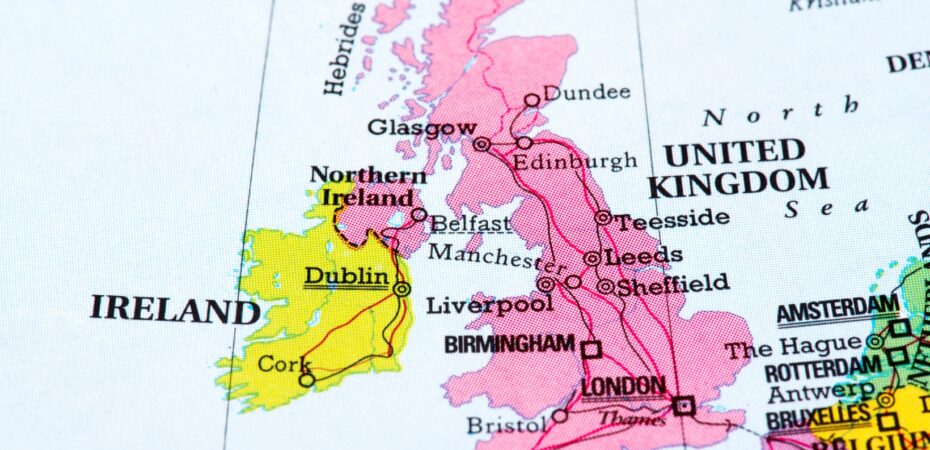The distance between Galway and Dublin is a common topic for those planning a trip or commute between these two Irish cities. Wondering how far apart they are? Well, the distance between Galway and Dublin is approximately 208 kilometers (or about 129 miles) by road. This makes it a manageable journey whether you’re traveling for work or pleasure.
To put it into perspective, if you were to drive from Galway to Dublin, it would take you around 2 hours depending on traffic conditions. Of course, travel times can vary, so it’s always a good idea to check for any potential delays before hitting the road. Additionally, there are multiple transportation options available including buses and trains that offer convenient connections between the two cities.
Distance Between Galway and Dublin
When it comes to the distance between Galway and Dublin, it’s approximately 208 kilometers (129 miles) by road. The journey takes around two and a half hours, depending on traffic conditions and your chosen route. Keep in mind that these numbers are approximate and can vary based on various factors.
Here are a few key points about the distance between Galway and Dublin:
- By Car: If you’re driving from Galway to Dublin or vice versa, you’ll have several options for routes to choose from. The most common route is via the M6 motorway, which connects both cities directly. This well-maintained highway offers a smooth journey with beautiful scenery along the way.
- Public Transportation: If you prefer not to drive, there are also convenient public transportation options available. Both cities are connected by regular train services operated by Irish Rail. The train journey typically takes around two to three hours, making it a comfortable way to travel between Galway and Dublin.
- Considerations: It’s essential to plan your trip accordingly, taking into account any potential delays or peak travel times. During busy periods or holidays, traffic congestion can occur on major routes, so it’s advisable to check for any updates before setting off on your journey.
- Sightseeing Opportunities: Along the way, there are several attractions worth exploring if you have the time. For instance, Athlone Castle located midway between Galway and Dublin offers a glimpse into Ireland’s rich history.

Best Time to Travel between Galway and Dublin
When planning a trip from Galway to Dublin, it’s essential to consider the best time to travel. Factors such as weather conditions, tourist crowds, and special events can significantly impact your journey. Here are some insights to help you make an informed decision:
- Weather Considerations: The weather in Ireland is known for its unpredictability, so it’s wise to be prepared for all kinds of conditions. However, certain times of the year offer more favorable weather for traveling between Galway and Dublin. The summer months (June-August) generally bring milder temperatures and longer daylight hours, making it an ideal time to explore both cities comfortably.
- Tourist Crowds: Galway and Dublin are popular destinations among tourists, especially during peak travel seasons. If you prefer a quieter experience with fewer crowds, consider visiting during the shoulder seasons of spring (April-May) or fall (September-October). During these times, you’ll likely encounter fewer tourists while still enjoying pleasant weather.
- Special Events: Both Galway and Dublin host numerous festivals throughout the year that attract visitors from near and far. These events can add vibrancy but may also lead to higher accommodation prices and increased foot traffic in popular areas. If you’re interested in attending specific festivals or cultural celebrations like the Galway International Arts Festival or St. Patrick’s Day Parade in Dublin, plan your trip accordingly.
- Weekdays vs Weekends: Traveling on weekdays versus weekends can also affect your overall experience when commuting between Galway and Dublin. Weekdays tend to be less busy on public transportation routes, making your journey smoother with shorter travel times compared to weekends when more people might be on the move.
Remember to check the latest travel advisories, road conditions, and public transportation schedules before embarking on your journey.


 By
By 




